- News
- Reviews
- Bikes
- Accessories
- Accessories - misc
- Computer mounts
- Bags
- Bar ends
- Bike bags & cases
- Bottle cages
- Bottles
- Cameras
- Car racks
- Child seats
- Computers
- Glasses
- GPS units
- Helmets
- Lights - front
- Lights - rear
- Lights - sets
- Locks
- Mirrors
- Mudguards
- Racks
- Pumps & CO2 inflators
- Puncture kits
- Reflectives
- Smart watches
- Stands and racks
- Trailers
- Clothing
- Components
- Bar tape & grips
- Bottom brackets
- Brake & gear cables
- Brake & STI levers
- Brake pads & spares
- Brakes
- Cassettes & freewheels
- Chains
- Chainsets & chainrings
- Derailleurs - front
- Derailleurs - rear
- Forks
- Gear levers & shifters
- Groupsets
- Handlebars & extensions
- Headsets
- Hubs
- Inner tubes
- Pedals
- Quick releases & skewers
- Saddles
- Seatposts
- Stems
- Wheels
- Tyres
- Health, fitness and nutrition
- Tools and workshop
- Miscellaneous
- Cross country mountain bikes
- Tubeless valves
- Buyers Guides
- Features
- Forum
- Recommends
- Podcast
feature
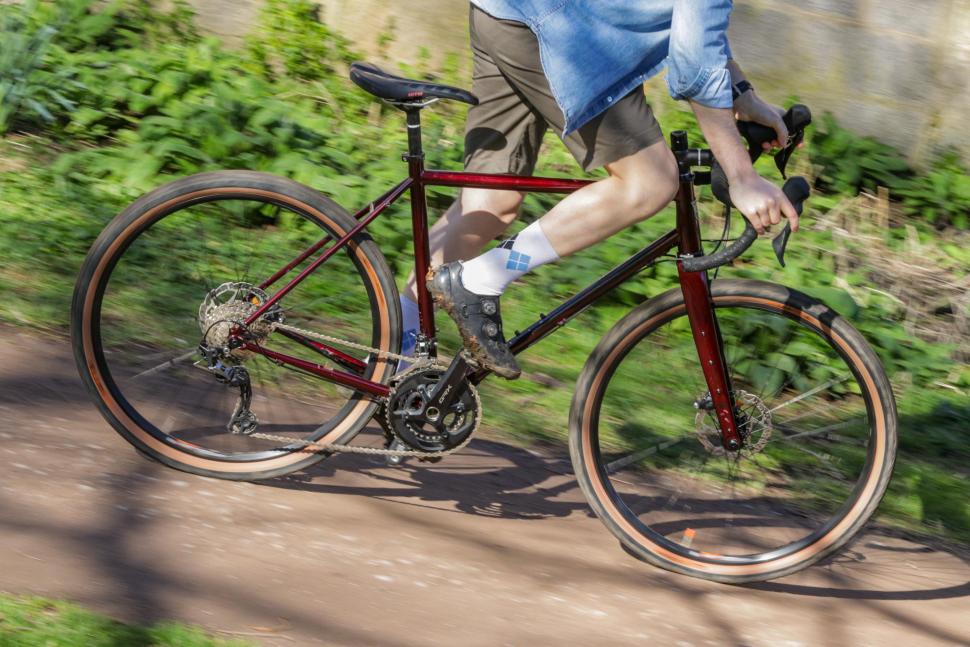 2021 Kona Rove LTD - riding 1.jpg
2021 Kona Rove LTD - riding 1.jpgBritain’s bike shortage, part 1: what’s going on, when will supplies return, and how can you improve your chances of bagging the bike you want?
If you’ve tried to buy a bike over the past few months you’ll know that demand is far outstripping supply thanks to the effects of COVID-19. We’ve been speaking to members of the British bike trade to find out what’s going on, how long this situation is likely to last, and how you can maximise your chances of getting the bike you’re after.
UK bike shops began running out of stock way back at the start of the first lockdown over a year ago. Lockdown restrictions were announced towards the end of March 2020 and the bike trade saw an immediate uplift in sales as a result of cycling being a permitted exercise option, people wanting to stay off public transport, and furloughed workers having a lot of free time on their hands. Cycle shops were classed as ‘essential' and have therefore been allowed to stay open throughout.
Evans Cycles reported “unprecedented demand’ for bicycles in April and another leading online retailer told us that it was busier than during the Black Friday sales period.
In terms of components, one major UK distributor reported a five-fold increase in demand for inner tubes between March and June 2020 and a quadrupling of demand for chains and cassettes.
On top of all that, production was disrupted as Asian factories temporarily closed due to COVID-19, and distribution was affected too. The result was reduced supply and increased demand.
This is all well documented and within a few weeks of lockdown starting, we were recommending that you pre-ordered a 2021 bike to reduce the possibility of disappointment.
A year down the line and Britain’s bike shops are still struggling to keep up with demand. You might get lucky and find the exact bike you want in the right size… but there’s a good chance that you won’t.
There’s a huge shortage across various price points but particularly under £1,000. This isn’t new – it has been the case for months – but in April shops are usually heaving with new-season bikes ahead of the peak buying time. More stock will arrive in many cases, but you’re sometimes looking at months of waiting.
You might have noticed that we’ve not reviewed many sub-£1,000 bikes on road.cc recently. There’s a good reason for that: no one will send us any. Brands don’t need the exposure because they’re able to sell all available stock anyway, and the last thing they want to do is divert a bike from retail and lend it to us for a few weeks.
How come things haven’t sorted themselves out yet? For a start, demand for bikes is higher than ever. Many bike brands were forecasting a rise in sales for 2021 anyway, but COVID-19 has sent that growth into the stratosphere.
The marketing manager of one international brand (who, like several quoted in this article, wanted to remain anonymous for commercial reasons) told us, “Demand for bikes has been at an incredibly high level since the first lockdown a year ago and is showing no signs of returning to normal. For us, this has been the case for all product categories and across all price ranges from entry-level to superbikes.”
Specialized UK's Head of Marketing Kirsty Woodcock said “The phenomenal increase in demand has been incredible to see and has taken the industry by surprise.
“To allow for an increase in production, we’ve invested with our manufacturing partners to increase capacity. Shipping and logistics remain a challenge across many industries, but we’re adapting wherever possible to find solutions and get bikes and equipment to the UK.
“Stock arrives almost daily, so there’s still plenty coming, and we’ve bolstered capacity significantly for the more popular models. As always, Specialized remains focused on innovating to solve the problems, and we’ve still got bike launches planned for the coming months!”
The UK marketing manager of another well-known bike brand told us, “We have a very agile business model and have been producing bikes throughout but the limiting factor is component availability which is leading to some substantial delays in delivery. The uptake in demand has been felt around the world so it is very difficult to source parts from any vendors internationally.”
We’re told that the lead times of key component brands have increased from about 30 days to 11-12 months.
“Making the bike frames isn’t a problem,” says Peter Lazarus, cycling market leader at Decathlon UK. “Decathlon certainly has no problems producing its own bike frames. It’s the componentry that’s causing the issue, particularly the headline componentry: groupset, wheels, saddles, handlebars…
“It’s a global issue based on unprecedented demand and unstable and unreliable supply chains – raw materials going into factories, the finished products from factories to assembly as OEM [components fitted on complete bikes], and spare parts to retail.
“There is huge demand for purchasing the goods and there’s also huge demand from producers who are potentially over-ordering.”
We’ve been told by various sources that because the forecasting of sales is so difficult at the moment, some bike brands have been over-ordering components a long way in advance to make sure that they’re not left short. They then reduce these orders to the level they’re actually going to need closer to the shipping time.
This leaves other brands struggling to work out what’s really going to be available to them. As a result, component suppliers have now said that orders can’t be reduced within 90 days of the expected delivery date.
“What makes it even harder is that people tend to go for complete groupsets on the road, whereas in the mountain bike and leisure sectors mixed groupsets and mixed brands are more accepted,” says Peter Lazarus. “This means you have to bring different components together in the production process to be able to fulfil customer needs.”
Apart from the component companies themselves getting back up to speed following lockdown, they’re reliant on suppliers of raw materials whose work has also been disrupted. Plus, there’s the issue that many bike components are made up of parts from various sources. If even just one of those sources can’t supply the relevant part the component can’t be finished or shipped. No bike brand is going to accept a rear derailleur that’s 95% complete, so the need for a small part can ultimately mean a delay to the entire bike.
“The production of groupsets hasn’t gone down; that’s not the problem,” says Peter Lazarus. “The problem is that groupset production can’t go up enough to meet demand. There are still bikes coming through, the issue is that when they arrive in retail they’re gone within hours or days.
There’s only so much that component brands can do to respond quickly to increased demand, especially when that demand is global. Opening more factories takes time and wouldn’t necessarily be the right strategy anyway.
“The component brands are worried about overproducing because if in 18 to 24 months the demand suddenly disappears they’ll be left with empty factory space and big investments,” says Peter Lazarus. “This could put their companies in huge financial strain and cause bigger problems.”
Oh, and remember the shipping container issue that we – and a lot of the mainstream media – reported on back at the start of 2021? That’s still going on. Essentially, China’s economy bounced back sooner than economies in the West in 2020, and it was exporting far more to the US and Europe than the other way round. As a result, containers were stuck in the West when they were needed in Asia.
The surge in demand for containers sent the price sky-high. Shipping containers that were $2,000 before COVID-19 have been priced as high as $18,000. One bike brand told us that it expects the price to stabilise at about $6,000. It’s not just the shipping of finished bikes from Asia to Europe and the US that’s affected, it’s the movement of raw materials to component manufacturers, and of components to bike assembly plants too. These higher charges will ultimately be passed on to the consumer.
Shimano Europe’s Ben Hillsdon says, “I think it's been well reported that 2020/2021 has seen a global cycling boom, largely due to the COVID-19 crisis but also in part due to the positive trajectory witnessed in the majority of European markets in previous years. Many more people are buying bicycles or accessories across pretty much all areas/price points and therefore it’s fair to assume many more people are using bicycles for fitness/leisure or commuting purposes.
“This huge demand upswing has led to customers selling more bikes and placing far more orders with us than we would usually expect, leading to an extension of our delivery timescales. Whilst demand is higher than usual we are working hard to address supply chain demand as well as working with our business partners to offer solutions so they can bring complete bicycles to the market as soon as possible.
“The current demand depends on the development of the COVID-19 situation and the resulting initiatives by governments, how that affects raw materials production further up the chain, and long-term trend that may result from consumers switching to cycling as a result of less public transport reliance or an increase in cycling as a leisure/fitness activity.
“Incoming orders are extremely positive but future demand is difficult to predict in the current climate. However, we strongly believe in the future growth of the bicycle market and company-wide efforts have been made to establish a structure to enable increased production and control of the situation. Production output in the second half of 2020 exceeded that of previous periods and in 2021 we are increasing supply levels further.”
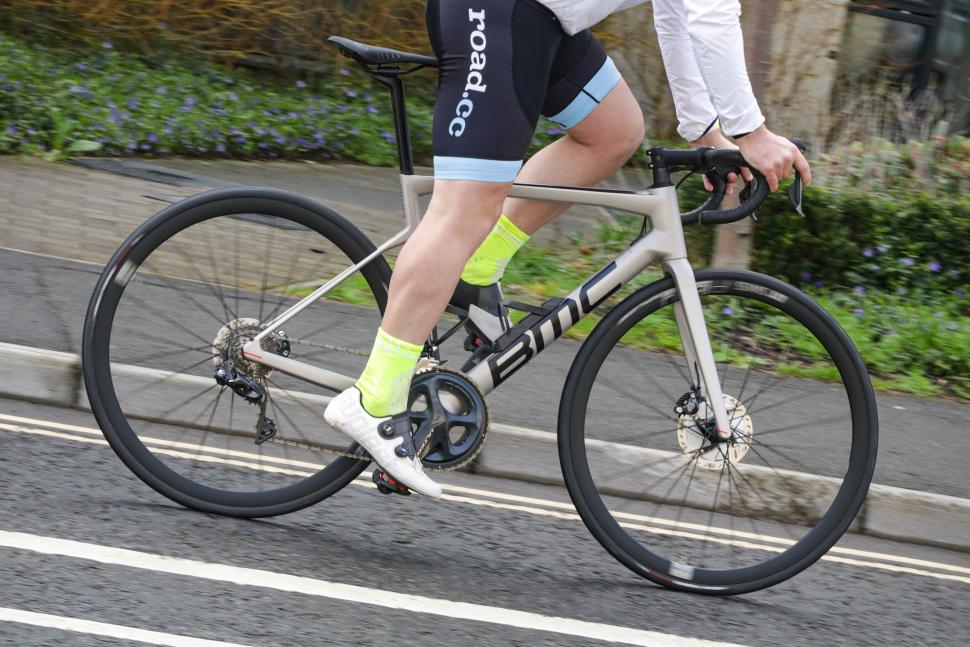
Davide Campagnolo, CEO of Fulcrum, was recently quoted in Bike Europe as saying, “In spring [2020] like many others, we were forced to close and this meant that we had to reduce, or in some cases stop our activities… Once the lockdown was over and we realised the bike market in Italy was booming, we brought everything back to the way it was before. Or rather, we adjusted figures upwards and then upwards again, and again.
“Unfortunately, the response from the production side couldn’t be as fast as the realisation that we were heading towards a record year! This is happening to everyone in the Italian bike industry today. We all need more quantities, but the supply chain is suffering from the effect of the pandemic. As a result, today, we have only a fraction of what we need.
“We have restarted production very well, but we faced many difficulties due to the activities inside the factories having to be changed. This is alongside the changes for personnel who work in our factories. We had to re-organise the departments, identify new safety processes, equip the companies with PPE devices, set body temperature controls at the entrances and so on. These new procedures clearly slowed down the re-start operations. Today, we are familiar with the methodologies and are finally producing at an appropriate capacity and the right pace.”
“Today there are products that we can deliver right away and there are products for which have an 8-10 months wait. This is a common situation not only for us: there are companies facing worse situations, perhaps because of the imbalance in manufacturing which leans more towards the Far East than Europe.
We could go on but you get the idea. The big question now is how long this bike shortage will last.
“I think things will remain tough for the better part of two more years,” said Claire Beaumont, marketing manager at Condor Cycles.
Gulp!
“Many new orders from suppliers and manufacturers will not be fulfilled for 18 months. Fortunately, we have many back-orders in place, and so stock is arriving, but global demand remains very high — this is not only a UK demand.”
The UK marketing manager of one huge bike brand also told us that we’re probably not looking at a balancing of supply and demand until 2023. He added that Brexit could also have an impact this year.
In 2020, some European countries had a hard lockdown and bike retailers had to close, whereas in the UK and some other countries bike retailers remained open for business and were very busy. Brands were able to redistribute their bikes around Europe. Stock that couldn’t be sold in one country could be shifted to the UK, for example, where demand was high. All fine and dandy.
However, Brexit means that bikes imported to the UK from the European Union now incur a 14% tax. Brands have already paid tax on their bikes when importing them into Europe from Asia, and that’s not refundable. Moving bikes on to the UK would mean two lots of tax being passed on to the consumer and a big price hike so brands won’t do it.
To cut a long story short, bike shortages are likely to be with us for a while yet. It's great that cycling is booming, but what can you do to maximise your chances of getting the model you’re after?
We asked the UK bike trade for some advice, and we’ll pass that on tomorrow in our second feature on Britain’s bike shortage.
Mat has been in cycling media since 1996, on titles including BikeRadar, Total Bike, Total Mountain Bike, What Mountain Bike and Mountain Biking UK, and he has been editor of 220 Triathlon and Cycling Plus. Mat has been road.cc technical editor for over a decade, testing bikes, fettling the latest kit, and trying out the most up-to-the-minute clothing. He has won his category in Ironman UK 70.3 and finished on the podium in both marathons he has run. Mat is a Cambridge graduate who did a post-grad in magazine journalism, and he is a winner of the Cycling Media Award for Specialist Online Writer. Now over 50, he's riding road and gravel bikes most days for fun and fitness rather than training for competitions.
Latest Comments
- David9694 7 min 29 sec ago
It's catching! Nowhere is it more striking than in our best historic cities the ruination cars cause with situations that decades ago should never...
- quiff 38 min 43 sec ago
I know it's not the same, but they are saying Quest will have free highlights.
- chrisonabike 39 min 33 sec ago
Ah, but those "business users" are probably immigrants (lunatics, gang members and murderers no doubt) and - regardless - they should be buying...
- patto583 41 min 43 sec ago
If the rumours about 2027 are true, ASO will likely see the result of their decision to allow WB to put the tour behind a paywall. I doubt anywhere...
- quiff 55 min 44 sec ago
Just think of the weight savings you could achieve there though, because they usually have outers for the whole run!...
- chrisonabike 2 hours 24 sec ago
Yeah but if you take away any chance of getting their licence back they'll turn into some kind of amoral road-bandit! * checks court records again ...
- mdavidford 2 hours 41 min ago
As far as I can see, the only place anything like that number appears in the source story is in the video, near the end, when they're chatting...
- David9694 3 hours 41 min ago
A338: Van flips over in crash on busy road https://www.bournemouthecho.co.uk/news/24981719.a338-van-flips-crash-bus... 40 mph zone
- GMBasix 4 hours 2 min ago
Actually, the opposite. Given that we live in a representative democracy, PSPOs are put in place by locally elected members who vote in the...
- super_davo 5 hours 41 min ago
From experience, tubeless doesn't make much sense for 25mm and below. The pressures that you need to run the tyres at mean the sealant is much less...
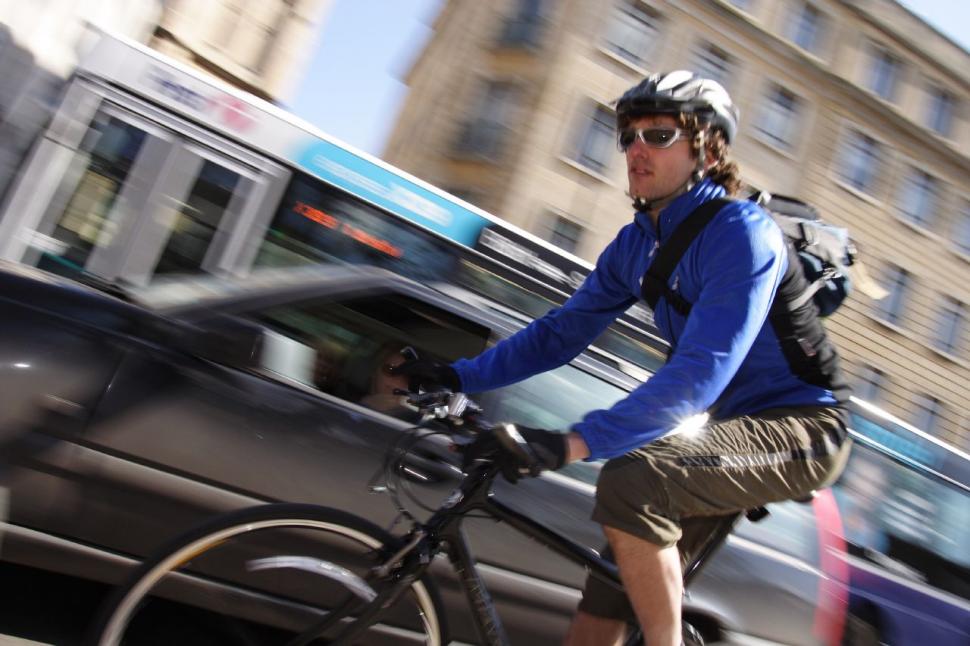
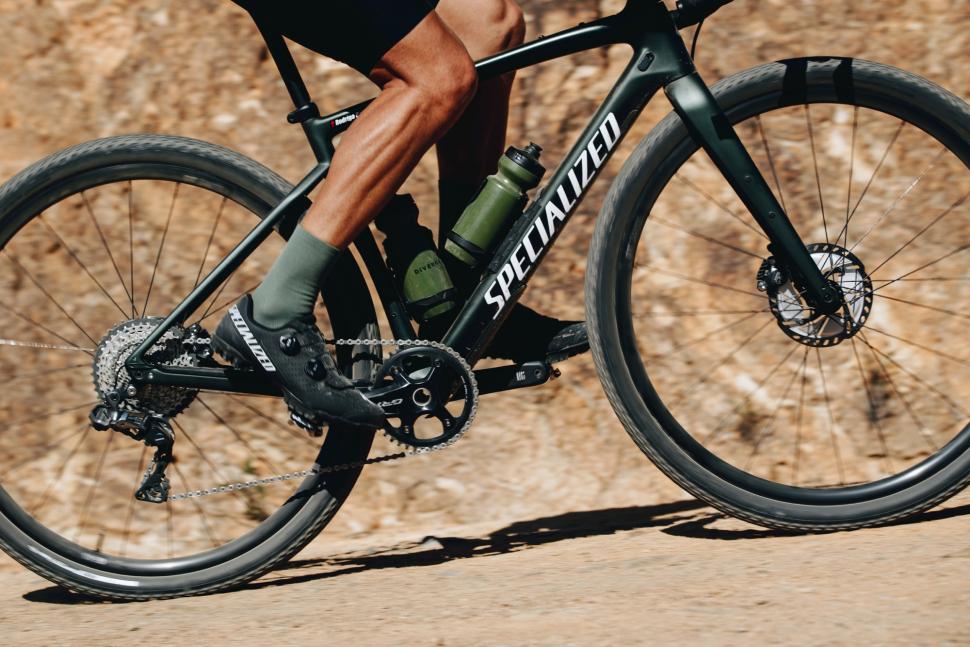
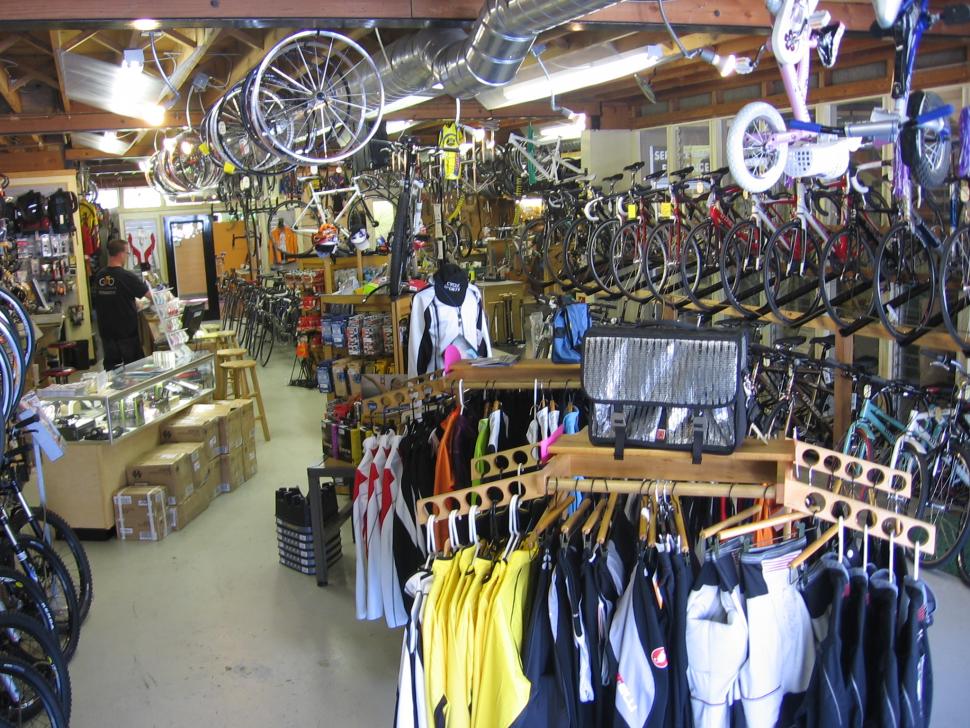
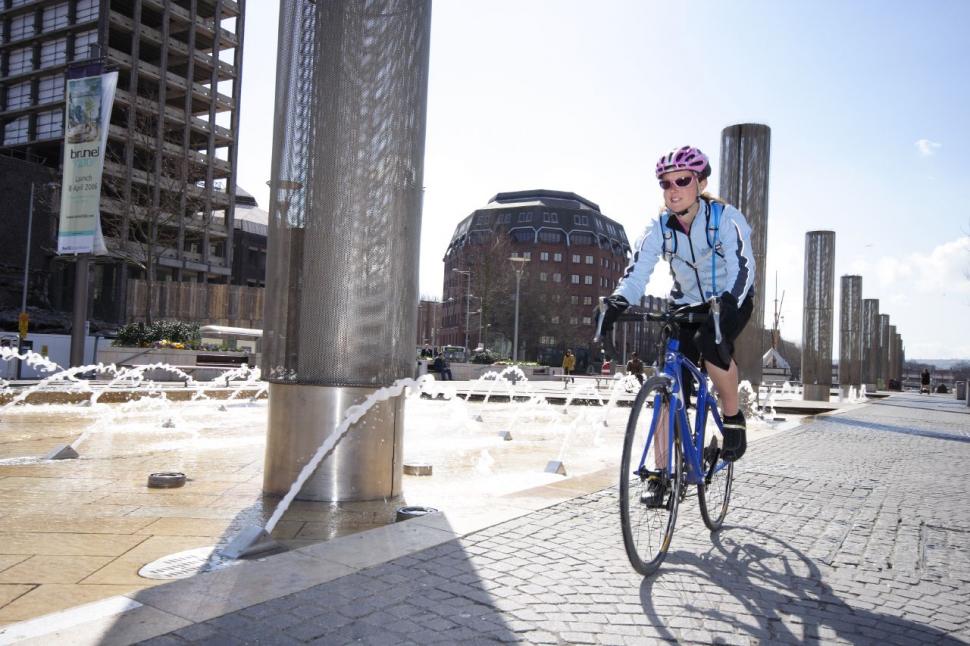
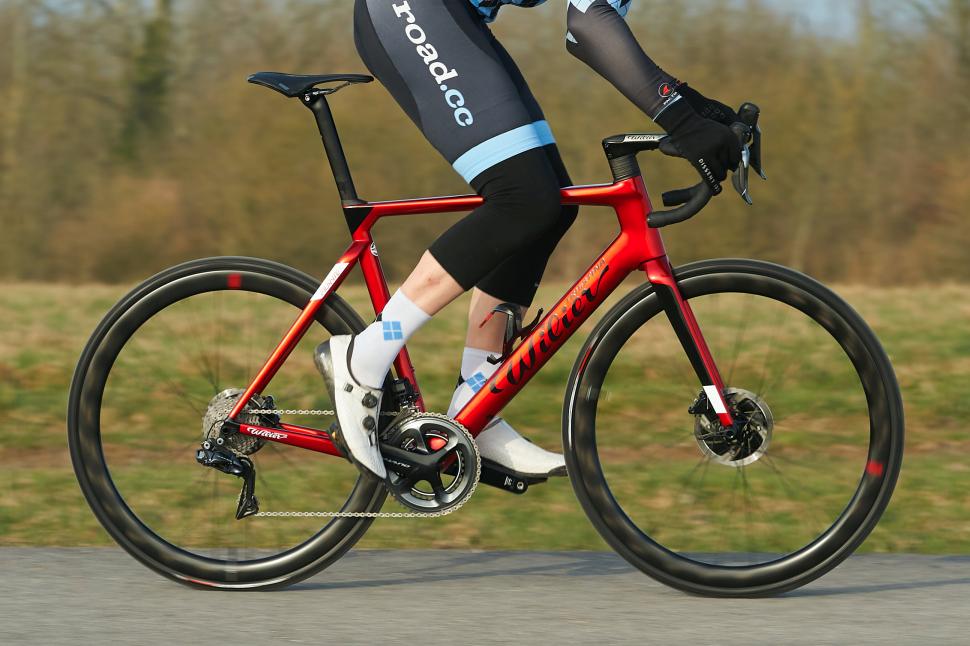
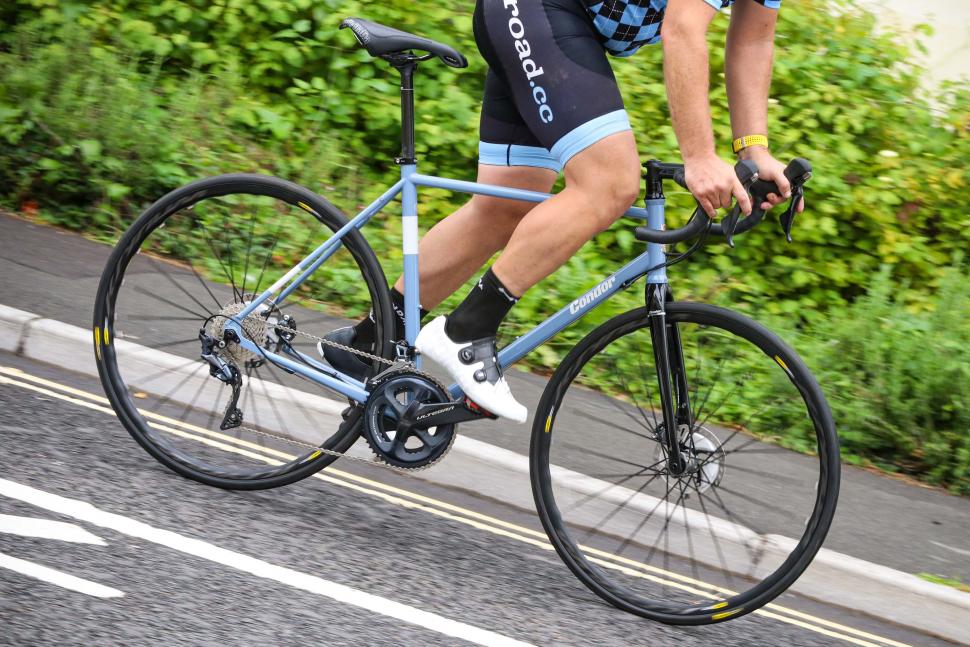
Add new comment
4 comments
This is all well documented and within a few weeks of lockdown starting, we were recommending that you pre-ordered a 2021 bike to reduce the possibility of disappointment.
It's good that bike sales are booming. I doubt most road.cc readers get a new bike every year, so it's likely to be components that are more of an issue.
I'm just about to complete an S-Works SL6 Disc build and it's not been too bad when obtaining parts. Had to get the Di2 groupset off ebay but ended up paying less than RRP - was in absolutely immaculate condition to boot. Everything else which I've specced was readily available.
A lot of places, both UK & EU, are saying that they may not recieve Shimano parts until August or even November.
The price gouging on GRX components over on eBay right now is incredible. Some a-hole cleared Freewheel of ther stock and started selling front mechs with a buy it now of £140, £195 for a rear mech.
If anyone is looking for a GRX 810 front mech, Condor Cycles have them for £51.
I'm hoping to get a rear mech from an honest eBayer by the end of next week. The retail boxed one from the US I am expecting will be on eBay for £400 soon
Pleased I stocked up on consumbales from Bikester etc at the end of last year (mainly to avoid price hikes due to having to buy from Wiggle/CRC). I think if you're not one to clean your drivetrain regularly, now's the time to start. Going to need to make it last as long as possible. And get familiar with Shimano's compatibility charts!